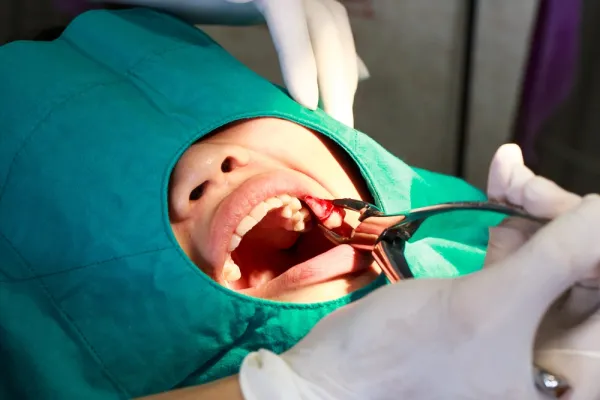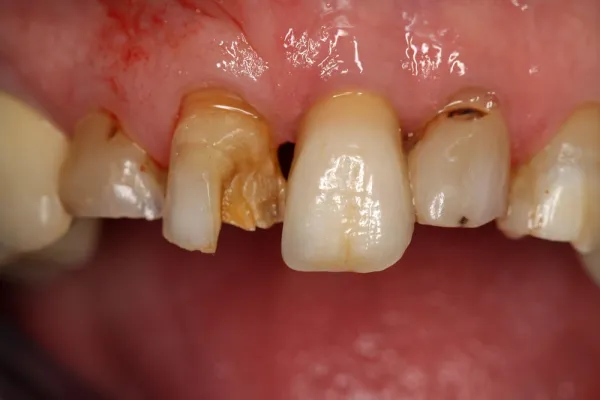Don't Confuse Sialolithiasis Removal For Foreign Body Removal

Question: I am new to oral surgery coding and am facing difficulty in reporting this procedure that our surgeon performed. The patient is a 54-year-old female who presents with right-sided face pain. Exam shows a 1 mm stone on the right buccal region of the mucosa. Our surgeon documented a diagnosis of sialolithiasis with the following procedure note:
Location: Inner right cheek.
Confirmed: Patient, procedure, side, and site correct, Time-out taken prior to procedure.
Procedure: Removal of stone from the right mucous membrane, scalpel # 15 used to incise the bulging right buccal mucosa with the stone tip in view.
Procedural sedation: None.
Patient tolerated: Well.
Complications: None.
Total time: 7 minutes.
Would this be reported as a foreign body removal with CPT® code 40804 or 40805 or a completely different code?
West Virginia Subscriber
Answer: Even though sialoliths are in layterm referred to as stone, it should not be confused to be a foreign body. It is in actuality calculus that forms in an organ or duct of the body.Sialolithiasis refers to the formation of stones in the salivary glands which can obstruct the salivary ducts. Your surgeon might use many different methods to remove the stone like cannulation of the duct or performing an incision to remove it.
Since your surgeon did not remove a foreign body, you should not report either 40804 (Removal of embedded foreign body, vestibule of mouth; simple) or 40805 (…complicated). You should instead report one of the codes from the following two choices depending on the approach your surgeon used and on the complexity of the procedure:
Since from the procedural notes, it appears that your surgeon used an intraoral approach, you will have to report 42330. You should not use the complicated intraoral code in this case as the stone tip was in view and was easily approached by your surgeon.
To support the procedural code that you are reporting, you will also have to report the appropriate diagnosis code. In this case, you will have to report K11.5 (Sialolithiasis) with 42330.




